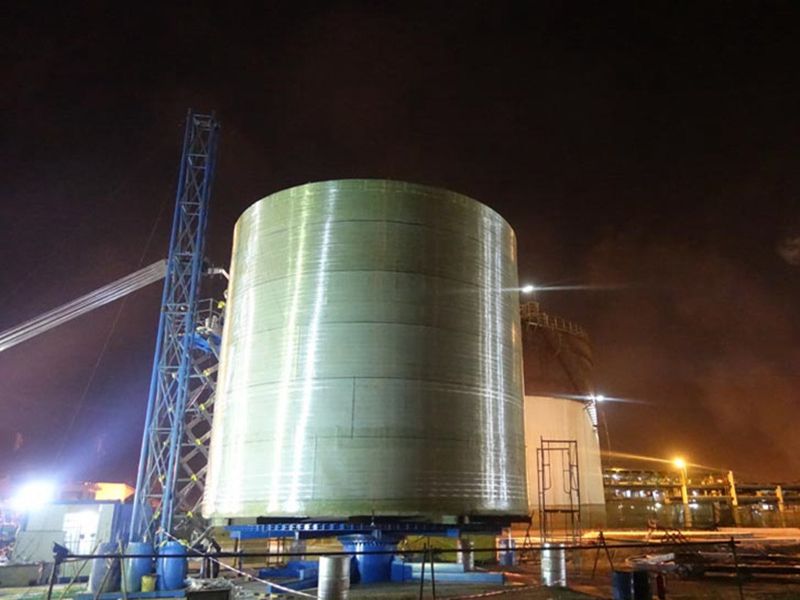
-
 Afrikaans
Afrikaans -
 Albanian
Albanian -
 Amharic
Amharic -
 Arabic
Arabic -
 Armenian
Armenian -
 Azerbaijani
Azerbaijani -
 Basque
Basque -
 Belarusian
Belarusian -
 Bengali
Bengali -
 Bosnian
Bosnian -
 Bulgarian
Bulgarian -
 Catalan
Catalan -
 Cebuano
Cebuano -
 China
China -
 China (Taiwan)
China (Taiwan) -
 Corsican
Corsican -
 Croatian
Croatian -
 Czech
Czech -
 Danish
Danish -
 Dutch
Dutch -
 English
English -
 Esperanto
Esperanto -
 Estonian
Estonian -
 Finnish
Finnish -
 French
French -
 Frisian
Frisian -
 Galician
Galician -
 Georgian
Georgian -
 German
German -
 Greek
Greek -
 Gujarati
Gujarati -
 Haitian Creole
Haitian Creole -
 hausa
hausa -
 hawaiian
hawaiian -
 Hebrew
Hebrew -
 Hindi
Hindi -
 Miao
Miao -
 Hungarian
Hungarian -
 Icelandic
Icelandic -
 igbo
igbo -
 Indonesian
Indonesian -
 irish
irish -
 Italian
Italian -
 Japanese
Japanese -
 Javanese
Javanese -
 Kannada
Kannada -
 kazakh
kazakh -
 Khmer
Khmer -
 Rwandese
Rwandese -
 Korean
Korean -
 Kurdish
Kurdish -
 Kyrgyz
Kyrgyz -
 Lao
Lao -
 Latin
Latin -
 Latvian
Latvian -
 Lithuanian
Lithuanian -
 Luxembourgish
Luxembourgish -
 Macedonian
Macedonian -
 Malgashi
Malgashi -
 Malay
Malay -
 Malayalam
Malayalam -
 Maltese
Maltese -
 Maori
Maori -
 Marathi
Marathi -
 Mongolian
Mongolian -
 Myanmar
Myanmar -
 Nepali
Nepali -
 Norwegian
Norwegian -
 Norwegian
Norwegian -
 Occitan
Occitan -
 Pashto
Pashto -
 Persian
Persian -
 Polish
Polish -
 Portuguese
Portuguese -
 Punjabi
Punjabi -
 Romanian
Romanian -
 Russian
Russian -
 Samoan
Samoan -
 Scottish Gaelic
Scottish Gaelic -
 Serbian
Serbian -
 Sesotho
Sesotho -
 Shona
Shona -
 Sindhi
Sindhi -
 Sinhala
Sinhala -
 Slovak
Slovak -
 Slovenian
Slovenian -
 Somali
Somali -
 Spanish
Spanish -
 Sundanese
Sundanese -
 Swahili
Swahili -
 Swedish
Swedish -
 Tagalog
Tagalog -
 Tajik
Tajik -
 Tamil
Tamil -
 Tatar
Tatar -
 Telugu
Telugu -
 Thai
Thai -
 Turkish
Turkish -
 Turkmen
Turkmen -
 Ukrainian
Ukrainian -
 Urdu
Urdu -
 Uighur
Uighur -
 Uzbek
Uzbek -
 Vietnamese
Vietnamese -
 Welsh
Welsh -
 Bantu
Bantu -
 Yiddish
Yiddish -
 Yoruba
Yoruba -
 Zulu
Zulu
Exploring the Benefits and Features of FRP Fans for Efficient Ventilation Solutions
Understanding the FRP Fan An Innovative Solution for Efficient Air Movement
In recent years, the industrial and commercial sectors have seen significant advancements in various technologies aimed at improving efficiency and performance. One such innovation is the FRP (Fiberglass Reinforced Plastic) fan, which has gained popularity for its unique properties and applications. In this article, we will delve into what FRP fans are, their benefits, and their various applications across industries.
What is an FRP Fan?
An FRP fan is a type of industrial fan that utilizes fiberglass reinforced plastic for its construction. This material consists of a polymer matrix reinforced with glass fibers, providing high strength-to-weight ratios, excellent corrosion resistance, and durability. FRP fans are typically designed for handling air and gas in various environments, particularly where traditional materials would fail due to corrosion or damage from harsh conditions.
Benefits of FRP Fans
1. Corrosion Resistance One of the standout features of FRP fans is their ability to resist corrosion. Traditional metal fans can succumb to rust and deterioration when exposed to aggressive chemicals or moisture. In contrast, FRP fans maintain their integrity in such environments, significantly extending their lifespan and reducing maintenance costs.
2. Lightweight Construction FRP fans are considerably lighter than their metal counterparts. This attribute not only makes them easier to handle during installation but also reduces the load on structural supports. Lightweight fans can enhance energy efficiency, as less energy is expended in moving these fans during operation.
3. Thermal Stability These fans exhibit excellent thermal stability, which is crucial when operating in extreme temperatures. The fiberglass construction allows them to perform effectively without warping or deforming, ensuring reliable operation in demanding conditions.
4. Customization FRP fans can be tailored to meet specific operational requirements. Manufacturers can design fans in various shapes, sizes, and power configurations, making them suitable for a wide range of applications.
5. Low Maintenance The robustness and durability of FRP fans result in lower maintenance requirements. This feature is particularly valuable in industrial settings where downtime can lead to significant financial losses.
frp fan

Applications of FRP Fans
FRP fans are versatile and can be found in a multitude of applications across different industries
1. Chemical and Petrochemical Industries These industries often deal with corrosive substances, making FRP fans an ideal choice for ventilating processes and handling fumes.
2. Wastewater Treatment The unique properties of FRP make it suitable for environments where equipment is routinely exposed to moisture and chemicals. FRP fans are often used to provide aeration in wastewater treatment plants.
3. Mining Operations In mining, FRP fans are deployed in ventilation systems to ensure a safe and breathable atmosphere for workers. Their corrosion resistance is particularly advantageous in the harsh environments typical of mining operations.
4. Food and Beverage Industry The food industry demands high standards of hygiene and equipment that can withstand frequent cleaning with harsh chemicals. FRP fans meet these criteria, providing a reliable solution for ventilation and air handling.
5. HVAC Systems In the realm of heating, ventilation, and air conditioning (HVAC), FRP fans are characterized by their ability to handle humid air without compromising performance, making them excellent for use in various buildings and facilities.
Conclusion
As industries continue to seek ways to enhance efficiency and durability in their operations, the role of technology in providing innovative solutions becomes ever more critical. FRP fans, with their lightweight construction, corrosion resistance, and low maintenance requirements, present a compelling case for organizations looking to invest in reliable air movement solutions. As we move forward, these fans could revolutionize how industries approach ventilation and airflow management, paving the way for more efficient and effective systems across various sectors. By harnessing the power of FRP fans, companies can not only lower their operational costs but also improve their overall performance and sustainability.









